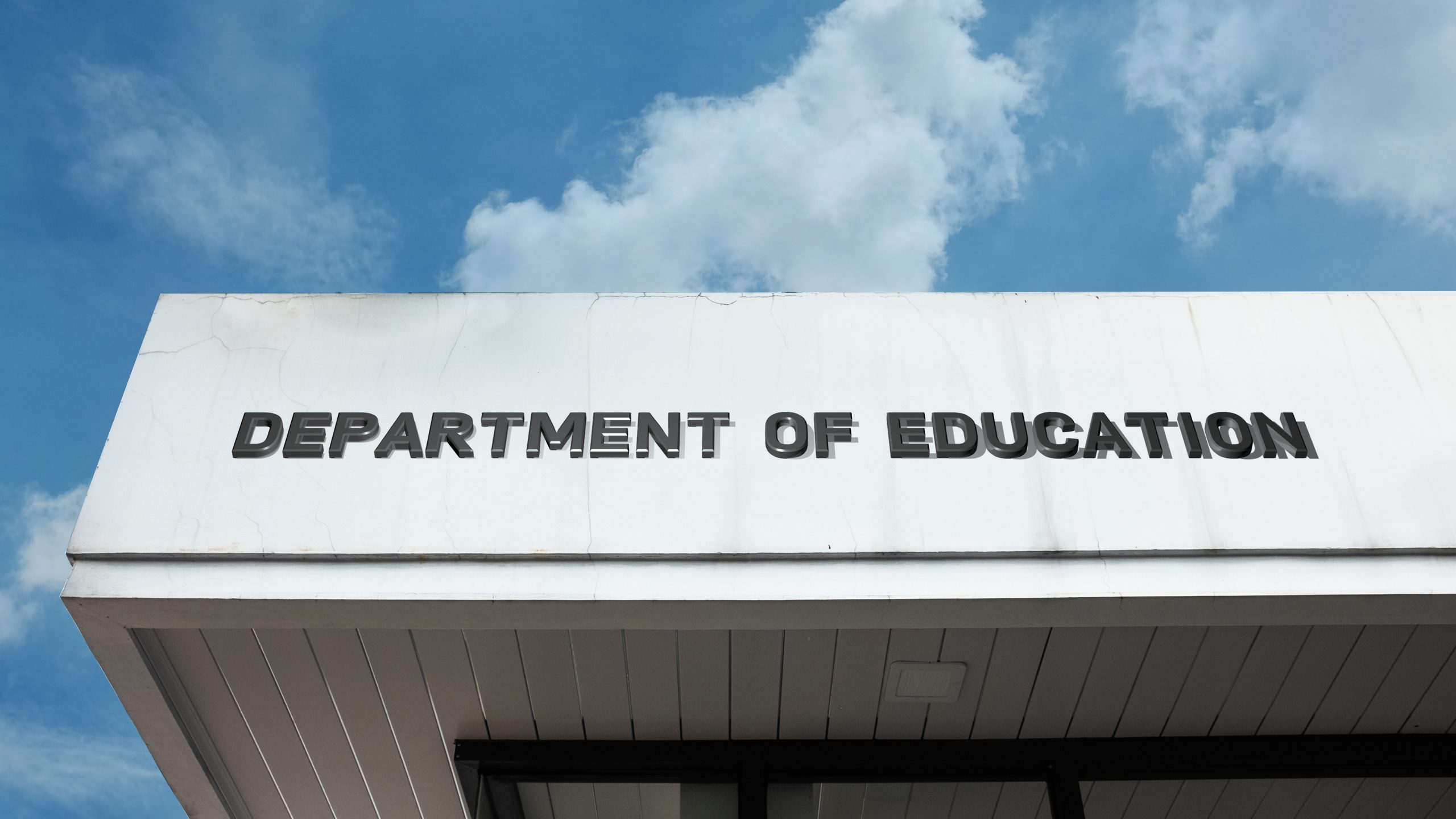The Trump administration is weighing a sweeping executive order that would embed artificial intelligence (AI) education into every corner of the U.S. K–12 system, The Washington Post reported Tuesday. The draft proposal, titled “Advancing Artificial Intelligence Education for American Youth,” signals a bold shift toward integrating emerging technology into classrooms nationwide—with potentially far-reaching implications for students, educators, and states like New Mexico.
A Nationwide Plan for AI Literacy
According to the draft order, the administration seeks to launch a comprehensive strategy that includes teacher training, student skill-building, and public-private partnerships to make AI a foundational component of public education. A White House Task Force on AI Education would be created to lead the effort, chaired by Michael Kratsios, Director of the Office of Science and Technology Policy. The panel would include the Secretaries of Education, Agriculture, Labor, and Energy, alongside David Sacks, serving as Special Adviser for AI and Cryptocurrency.
The initiative would direct federal agencies to work with schools to train students in using AI tools and integrate the technology into day-to-day classroom practices. Partnering with industry leaders is a key component, as agencies would be encouraged to collaborate with private companies, nonprofits, and universities to deliver AI-focused curricula and resources.
Teacher Training and Workforce Development
Under the draft order, Education Secretary Linda McMahon would prioritize federal grants to fund teacher training programs in AI. The order calls for all educators to receive professional development focused on integrating AI into teaching—not only in computer science, but across all subject areas.
This move has particular relevance for New Mexico, where persistent teacher shortages and wide rural-urban disparities could pose barriers to large-scale implementation. With many educators already stretched thin, questions remain about whether districts—especially those in tribal and rural communities—have the capacity or infrastructure to adopt such a mandate.
Beyond the classroom, the plan highlights workforce development. Labor Secretary Lori Chavez-DeRemer would be tasked with developing AI-focused apprenticeship programs to prepare students for careers in the tech-driven economy.
Engagement and Incentives
To incentivize participation, the administration would launch a new “Presidential AI Challenge,” encouraging students and educators to showcase their AI skills. While the draft does not specify competition details, it signals an effort to engage young learners and teachers alike in a national conversation around emerging technologies.
Additionally, the draft order emphasizes support for “lifelong learners,” acknowledging that the pace of technological change demands continual reskilling—even beyond the traditional K–12 and college pipelines.
A Predecisional Document
Though the draft outlines a clear federal agenda, it remains a predecisional document. It could be modified, delayed, or even abandoned altogether. Nonetheless, its release reflects a growing federal interest in shaping the future of AI education—and raises questions about the balance between federal direction and local control of schools.
Potential Implications for New Mexico
In New Mexico, where education challenges range from broadband access gaps to high teacher turnover, implementing such a directive may prove complex. The state has made strides in STEM and bilingual education initiatives, but integrating AI across all classrooms could require major investment in infrastructure, professional development, and curriculum redesign.
If finalized, the executive order could bring federal funding opportunities—but also increased expectations and responsibilities for state and local education leaders.
What’s Next?
As the executive order awaits formal approval, stakeholders across the education spectrum—teachers, administrators, parents, and policymakers—will be watching closely. Whether this marks a transformational moment in education or another federal initiative with uneven outcomes may hinge on how states like New Mexico adapt and respond.




